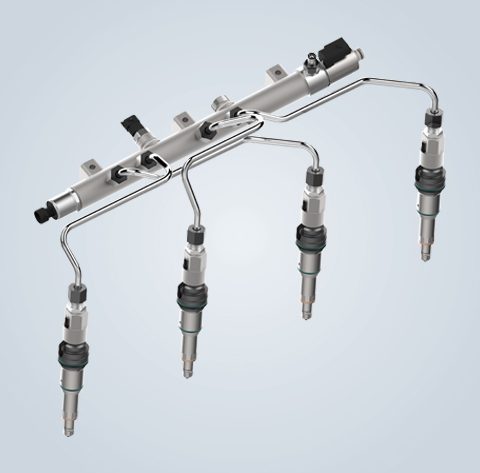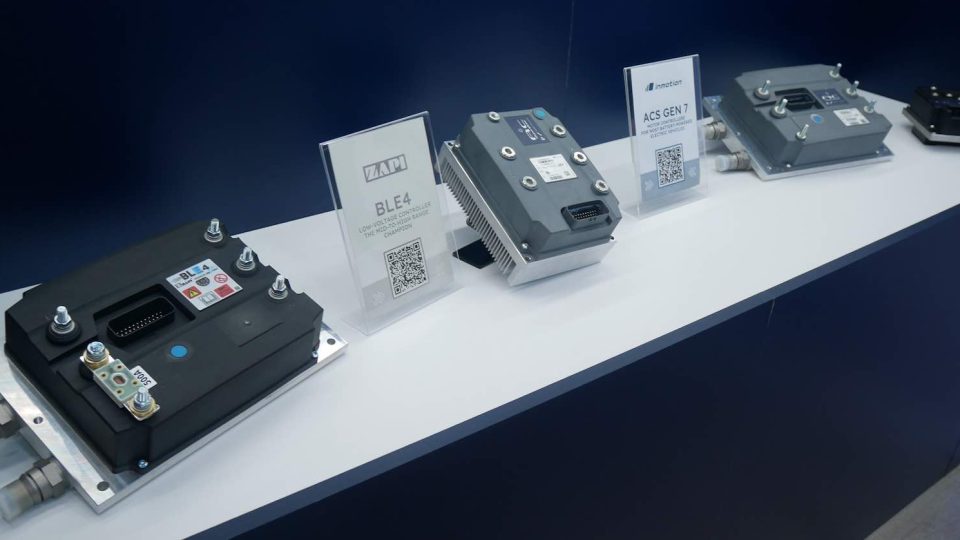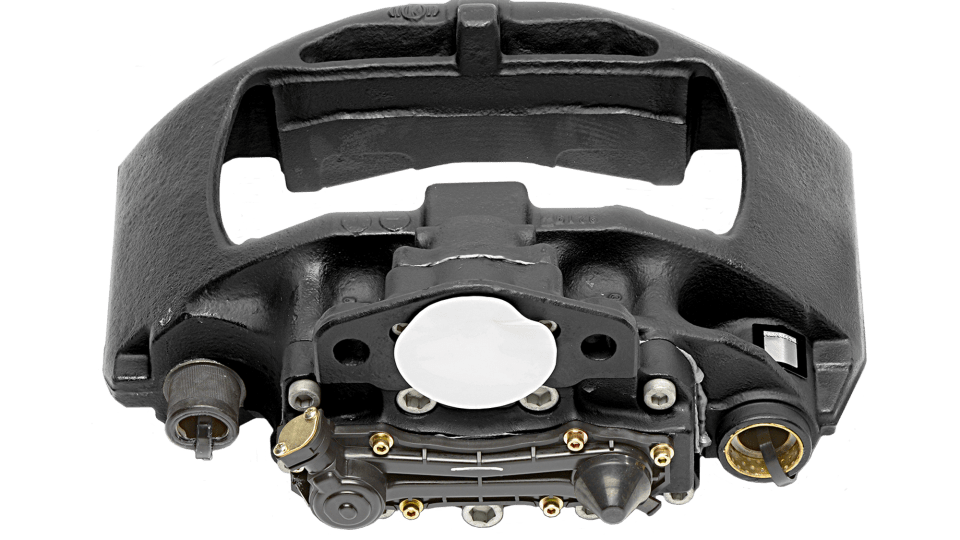Liebherr: H2 direct injection solutions for heavy-duty engines
Liebherr presents H2 direct injection as a drive solution for on- and off-highway applications and unveils combustion concepts for H2 engines in the range of 6-16 litres displacement and 200-450 kW.

Liebherr , which is developing “climate-friendly” injection solutions for alternative fuels, has presented H2 direct injection as a drive solution for on- and off-highway applications and also unveiled combustion concepts for H2 engines in the range of 6-16 litres displacement and 200-450 kW. The mobility industry is currently focusing heavily on reducing CO2 emissions. For on-highway vehicles, from passenger cars all the way to heavy trucks, clear objectives have already been defined internationally. For off-highway applications, on the other hand, no binding plans have yet been set forth. However, the global decarbonisation strategy is showing increased interest in hydrogen as a fuel among OEMs and engine manufacturers in the on- and off-highway sectors. As a development partner and system supplier for climate-friendly injection technology, Liebherr offers solutions for hydrogen combustion engines that can be used in on- and off-highway applications.
Liebherr: focus on low-pressure direct injection
Development work in the injection systems product area focuses on low-pressure direct injection (LPDI). “The greatest challenges represent different combustion processes and the behaviour of the hydrogen as a medium,” explains Richard Pirkl, technical managing director at Liebherr-Components. “The concept of the H2 injector must ensure stable, precise and leak-free injection. To achieve this, our experts in Deggendorf place particular emphasis on maximum hydrogen tightness,” Pirkl continues. A 2-valve concept ensures that H2 leakage is kept as low as possible. Depending on the particular configuration, the LPDI injector is designed for system pressures of up to 60 bar. Typical applications usually lie in the range of 30 bar. Initial test results show promising behaviour of the injector in terms of injection rate and small-volume capability. The component thus covers a wide range of applications. Today’s prototypes allow customer-specific screw inserts to interface with the hydrogen connection. They are geared towards most common connection types and offer the greatest possible flexibility in engine development. The blow cap also promises flexible handling. It is easy to replace, and its asymmetrical geometry makes an individual injection angle in the combustion chamber possible. This ensures integration into different engines with sometimes widely differing installation situations. With its flexible design, Liebherr’s LPDI hydrogen injector supports a wide range of customer-specific requirements and modular installation – centrally, laterally and at different angles.
Usage characteristics correspond to a diesel engine
The goal of Liebherr’s hydrogen injection technology is to ensure that the suitability of the gas injection system (GIS) meets the transient requirements of the engine. This system-oriented approach combines various components to control pressure and flow. It does so in such a way, that the usage characteristics come close to a diesel engine, while maintaining a robust system design.









